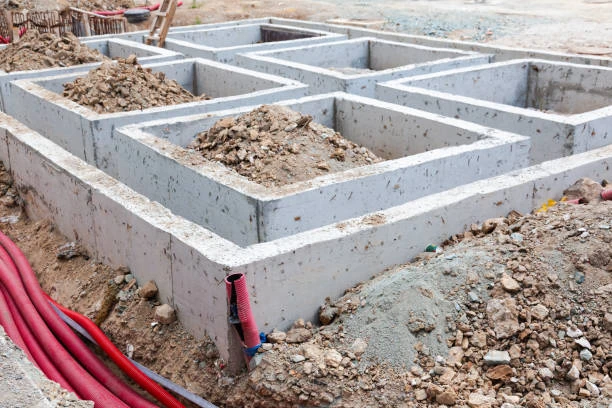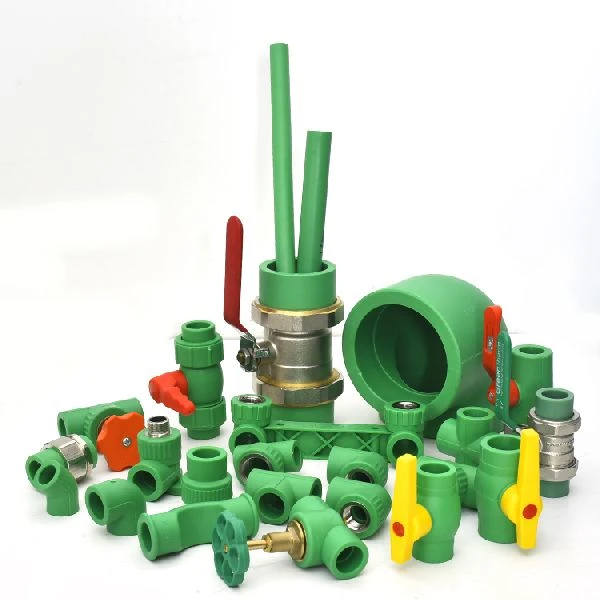Introduction Plastic Pipes and Plumbing Systems
In the realm of modern plumbing, plastic pipes and plumbing systems have become increasingly popular due to their numerous advantages over traditional materials. As technology advances and construction practices evolve, plastic pipes offer solutions that meet the demands of today’s infrastructure needs. This article explores the various types of plastic pipes, their applications in plumbing systems, benefits and challenges, installation practices, and future trends.
Types of Plastic Pipes and Plumbing Systems
1. Polyvinyl Chloride (PVC)
PVC pipes are one of the most widely used types of plastic pipes in plumbing systems. They are known for their durability, corrosion resistance, and lightweight properties. PVC pipes are commonly used for:
- Drainage Systems: Ideal for sewage and waste systems due to their resistance to chemicals and biological agents.
- Water Supply Lines: Suitable for cold water applications, though not recommended for hot water due to temperature limitations.
2. High-Density Polyethylene (HDPE)
Engineers and builders often choose HDPE pipes for their high strength and flexibility, making them ideal for various applications. Key characteristics include:
- Chemical Resistance: They resist a wide range of chemicals, making them suitable for industrial applications.
- Fusion Joining: HDPE pipes can be joined using heat fusion, creating strong, leak-free connections.
3. Cross-Linked Polyethylene (PEX)
PEX pipes have gained popularity in residential plumbing due to their flexibility and ease of installation. Their features include:
- Temperature Tolerance: PEX can handle both hot and cold water applications, making it versatile for plumbing systems.
- Resistance to Scale and Chlorine: PEX is less prone to scaling and chlorine damage, ensuring longevity in water supply systems.
4. Polypropylene (PP)
PP pipes are used in various plumbing applications, particularly in industrial settings. They are lightweight, resistant to high temperatures, and offer excellent chemical resistance. Common uses include:
- Hot Water Systems: Suitable for transporting hot water due to their temperature resistance.
- Chemical Transport: Ideal for industries needing to transport aggressive chemicals safely.
Applications of Plastic Pipes and Plumbing Systems
Residential Plumbing
In residential settings, plastic pipes are favored for both water supply and drainage systems. Their lightweight nature makes installation easier and quicker, reducing labor costs. Common applications include:
- Water Supply Lines: PEX and PVC are often used to supply cold and hot water throughout homes.
- Drainage and Waste Systems: Contractors widely utilize PVC pipes for drainage, offering effective waste management solutions.
Commercial Plumbing
Plastic pipes are also extensively used in commercial plumbing systems. Their durability and resistance to corrosion make them ideal for high-demand environments. Applications include:
- HVAC Systems: HDPE pipes are often used in heating and cooling systems due to their thermal properties.
- Fire Suppression Systems: Installers use PVC and CPVC pipes for fire sprinkler systems, providing reliable fire safety solutions.
Industrial Applications
In industrial settings, plastic pipes play a critical role in transporting fluids and chemicals. Their resistance to corrosion and chemicals makes them suitable for:
- Chemical Processing: HDPE and PP pipes are commonly used for transporting corrosive substances.
- Wastewater Treatment: Contractors frequently employ PVC pipes in wastewater management systems.

Benefits of Plastic Pipes and Plumbing Systems
1. Corrosion Resistance
One of the primary advantages of plastic pipes is their resistance to corrosion, which can significantly extend their lifespan compared to metal pipes. This feature is particularly beneficial in environments where water quality can lead to corrosion.
2. Lightweight and Easy to Handle
Plastic pipes are much lighter than their metal counterparts, making them easier to transport, handle, and install. This can lead to reduced labor costs and quicker project completion times.
3. Flexibility
Plastic pipes, particularly PEX, offer greater flexibility compared to rigid metal pipes. This allows for easier installation in complex plumbing layouts and reduces the number of joints needed, minimizing potential leak points.
4. Cost-Effectiveness
Overall, plastic pipes can be more cost-effective than traditional materials due to lower material costs, reduced installation time, and minimal maintenance requirements.
5. Noise Reduction
Plastic pipes tend to produce less noise during water flow compared to metal pipes, contributing to a quieter plumbing system.
Plastic Pipes and Plumbing Systems Challenges and Considerations
1. Temperature Limitations
While many plastic pipes can handle a range of temperatures, some materials like PVC have limitations when it comes to hot water applications. It’s essential to choose the appropriate type of pipe for the specific application.
2. UV Degradation
Certain plastic pipes, particularly PVC, can degrade when exposed to direct sunlight over extended periods. Proper installation and protection from UV exposure are crucial in outdoor applications.
3. Compatibility with Existing Systems
When retrofitting or upgrading plumbing systems, ensuring compatibility between plastic pipes and existing materials is vital to prevent leaks and ensure a secure connection.
4. Environmental Concerns
While plastic pipes offer numerous benefits, there are environmental concerns regarding plastic waste and recyclability. The industry is exploring more sustainable options, such as recyclable and biodegradable materials.
Installation Practices for Plastic Pipes and Plumbing Systems
1. Planning and Design
Before installation, proper planning and design are essential. This includes determining the appropriate pipe material, diameter, and layout based on the specific plumbing requirements.
2. Cutting and Joining
Plastic pipes can be easily cut using pipe cutters or saws. Joining methods vary by material:
- PVC: Usually joined using solvent cement.
- PEX: Typically connected with crimp or clamp fittings.
- HDPE: Often joined through heat fusion or electrofusion.
3. Support and Anchoring
Ensuring proper support and anchoring for plastic pipes is crucial to prevent sagging and movement, which can lead to leaks or damage.
4. Testing and Inspection
After installation, testing the system for leaks and ensuring proper pressure levels is vital. You should schedule routine inspections to maintain the plumbing system’s integrity.
Future Trends in Plastic Pipes and Plumbing Systems
1. Smart Plumbing Solutions
The integration of smart technologies in plumbing systems is on the rise. This includes the use of sensors to monitor water usage, detect leaks, and optimize water management, contributing to sustainability efforts.
2. Sustainable Materials
The industry is shifting towards more sustainable materials, focusing on recyclability and reducing the environmental impact of plastic pipes. Innovations in biodegradable plastics may also shape the future of plumbing systems.
3. Enhanced Manufacturing Techniques
Advancements in manufacturing technologies, such as 3D printing, may lead to more efficient production processes and customized solutions for specific plumbing needs.
4. Increasing Demand for Water Conservation
With the growing awareness of water scarcity, the demand for efficient plumbing systems that minimize water waste will drive innovations and improvements in plastic pipe technology.
Plastic Pipes and Plumbing Systems Conclusion
Plastic pipes and plumbing systems have revolutionized the way we approach water management in residential, commercial, and industrial applications. Their numerous advantages, including corrosion resistance, lightweight nature, and flexibility, make them a preferred choice in modern plumbing. As the industry continues to innovate and address challenges such as environmental concerns, the future of plastic pipes looks promising. By integrating smart technologies and sustainable practices, plastic pipes will play a crucial role in the ongoing quest for efficient and effective plumbing solutions.
FAQs
1. What are the most common types of plastic pipes used in plumbing?
The most common types of plastic pipes used in plumbing are PVC, HDPE, PEX, and polypropylene (PP).
2. Can plastic pipes be used for hot water applications?
Yes, you can use plastic pipes like PEX and some grades of HDPE for hot water applications, but experts generally do not recommend using PVC for hot water due to its temperature limitations.
3. How do I prevent UV degradation in plastic pipes?
To prevent UV degradation, protect plastic pipes from direct sunlight by burying them underground or using protective coatings.
4. What are the benefits of using PEX pipes in residential plumbing?
PEX pipes offer flexibility, resistance to scaling and chlorine, and ease of installation, making them ideal for residential plumbing applications.
5. Are plastic pipes recyclable?
You can recycle many plastic pipes, but it is essential to check local regulations and recycling programs to ensure proper disposal and recycling practices.

















